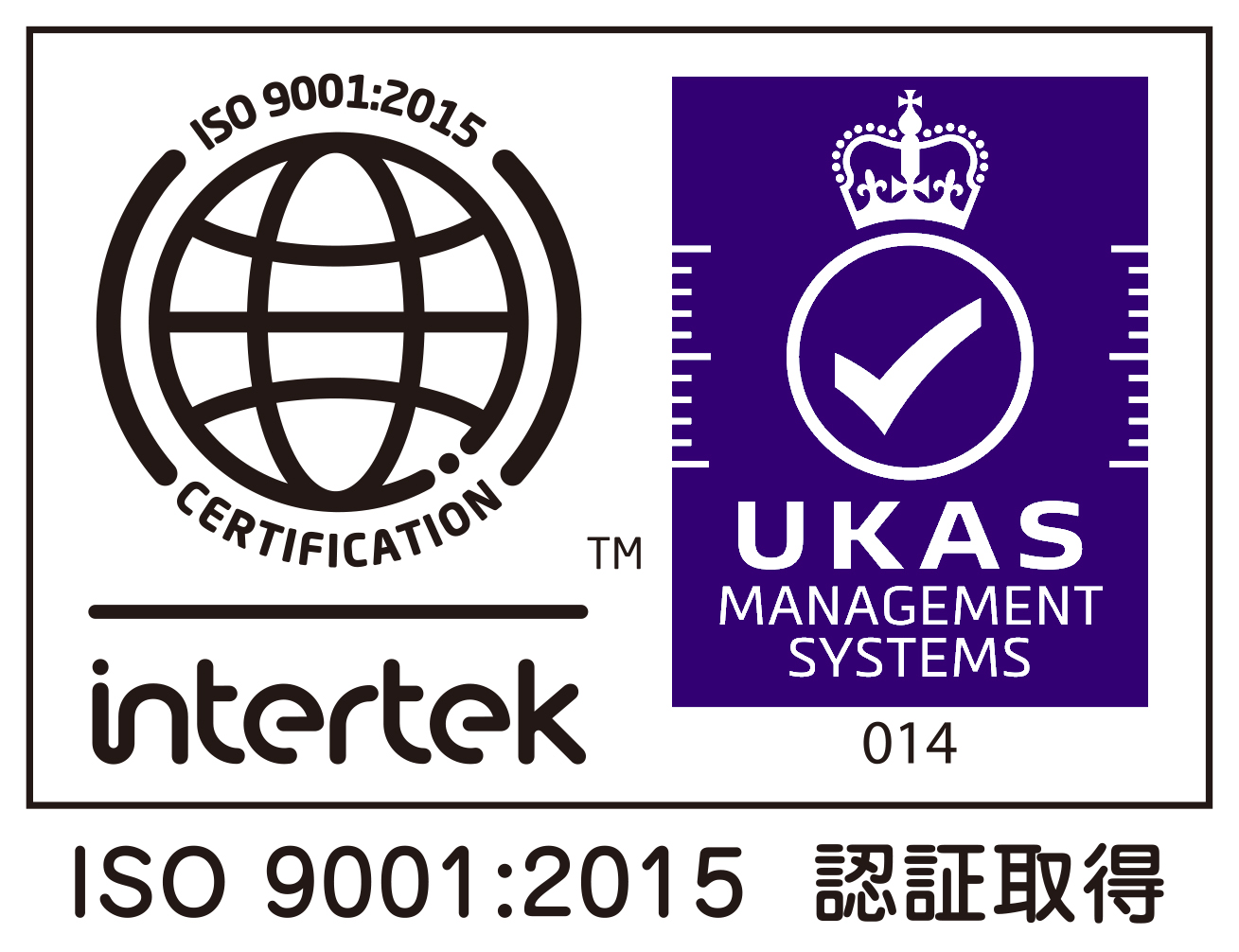Choosing a Wire Mesh Filter
Choosing a wire mesh filter for your project can be a challenge, especially if you do not have a lot of experience with filtration. However, choosing a filter is not as difficult as you may think. In fact, we broke down the process into 6 main points.
Following these 6 points, you can choose a wire mesh filter!
①Outer diameter
②Height
③Mesh size or the size of the particle you need to filter
④Mesh material
⑤Mesh wire diameter
⑥Plate / Ring material and thickness
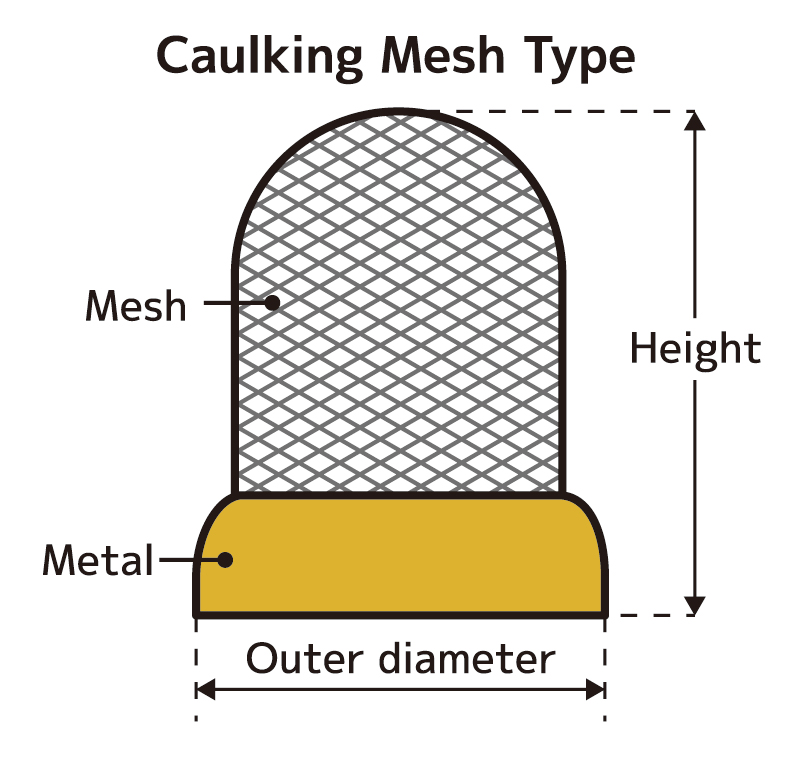
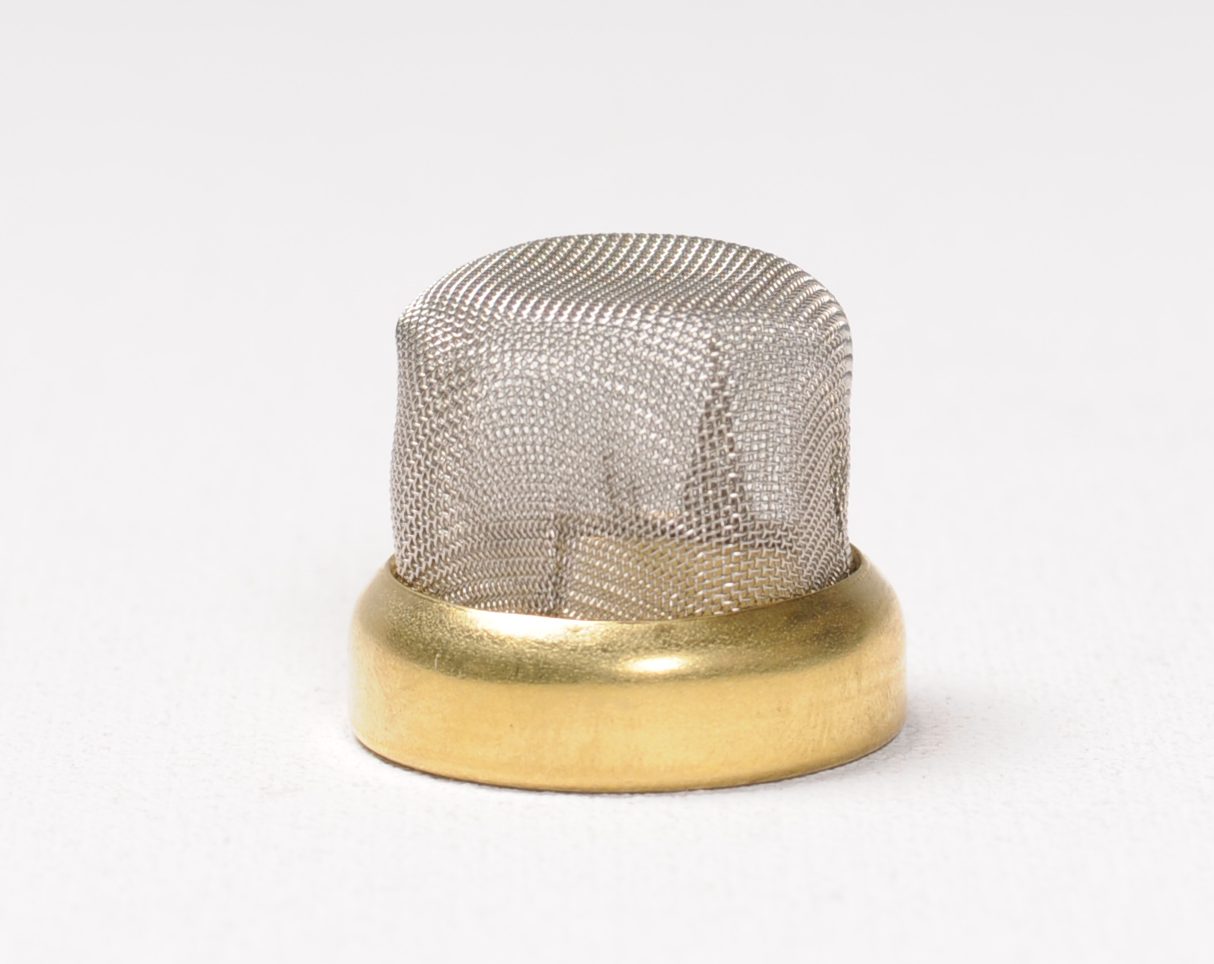
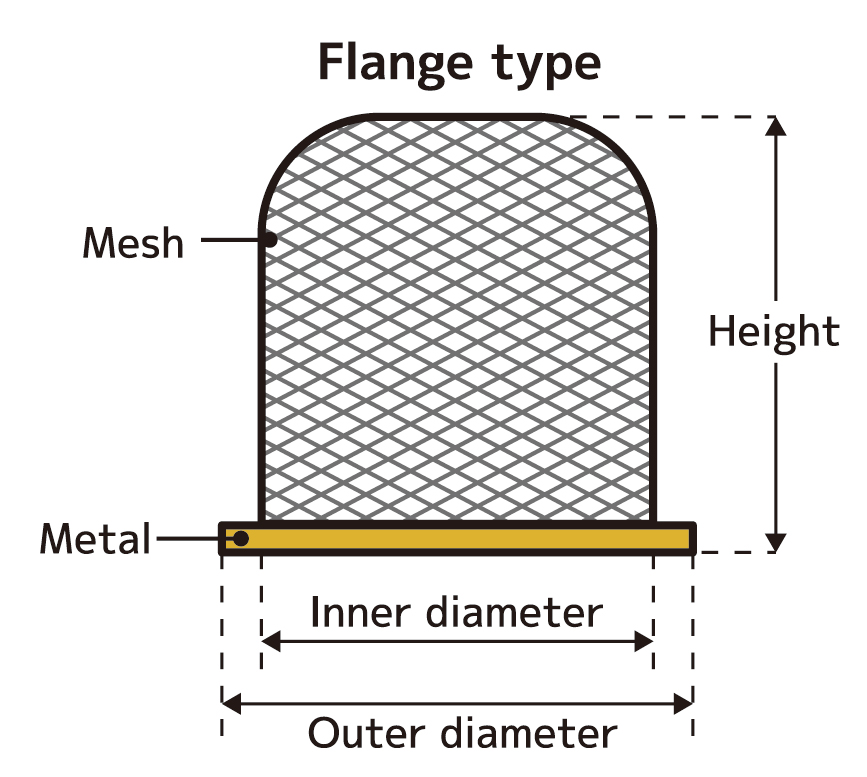
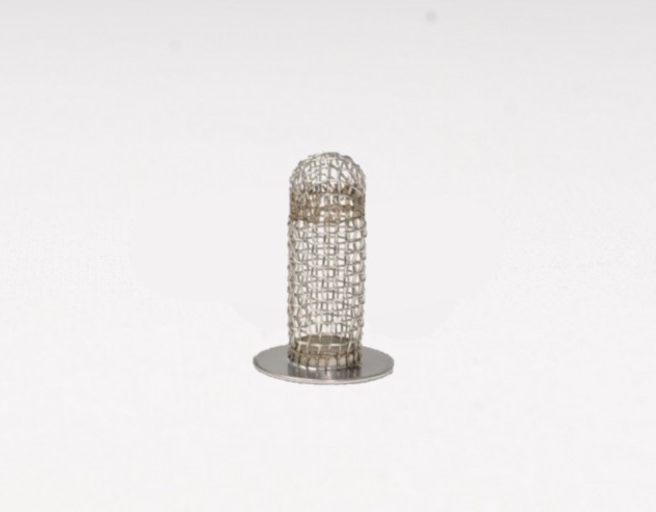
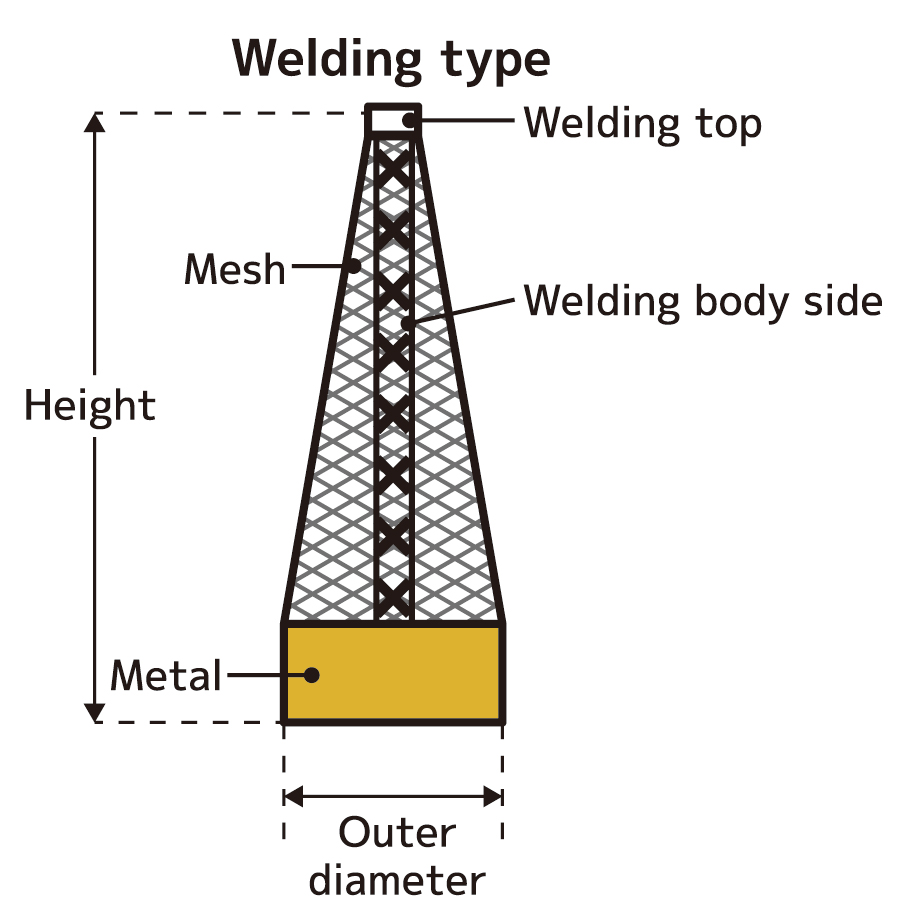
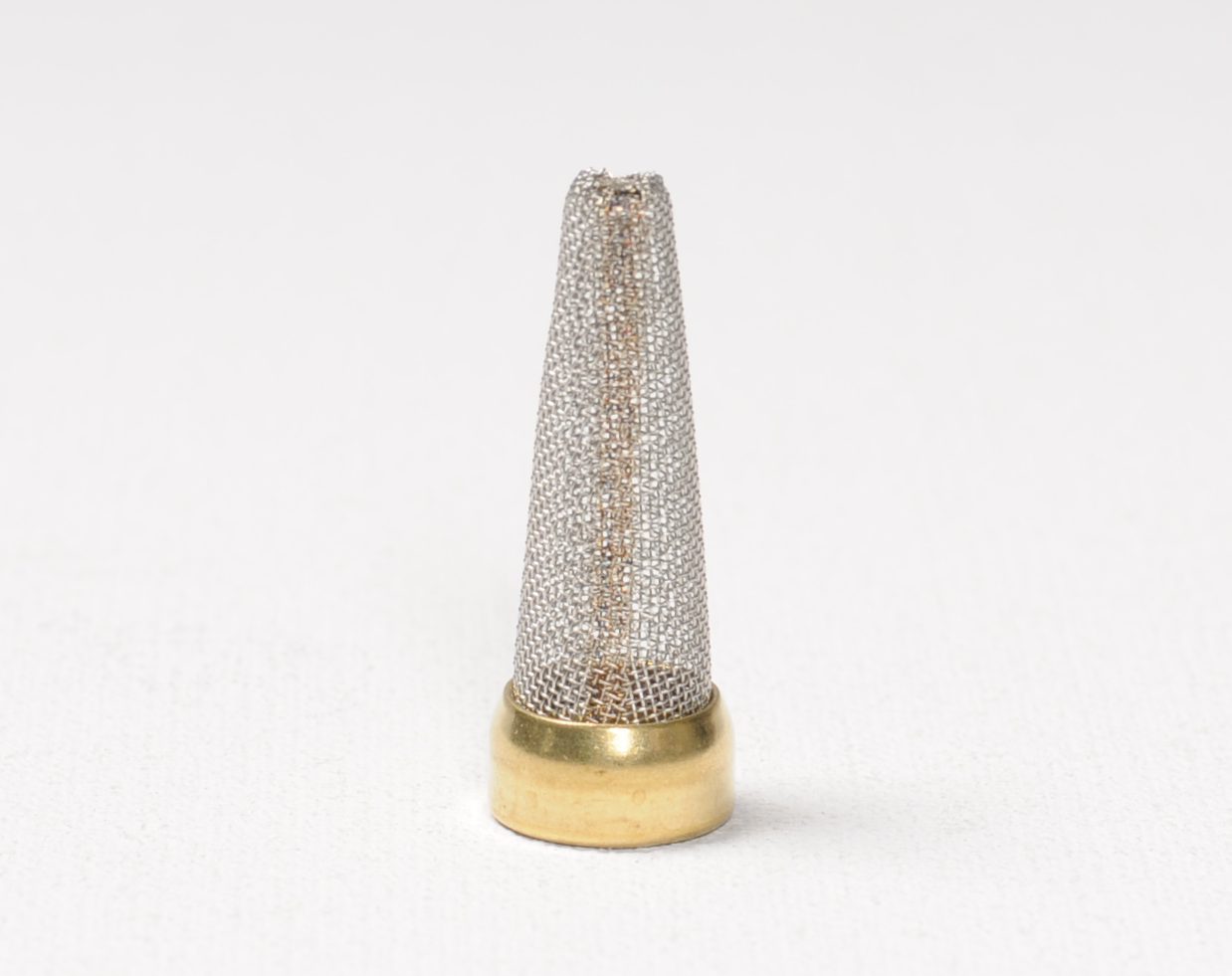
Mesh
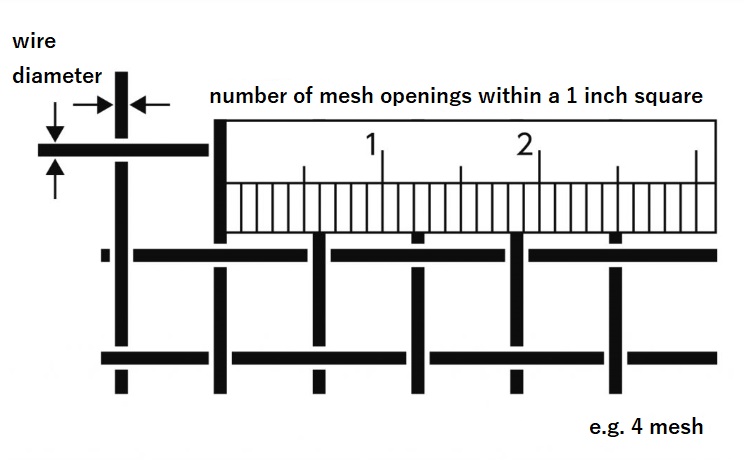
Japanese standard mesh size is determined as the number of openings in 1 inch (25.4mm) of a screen. 100 mesh means there are 100 openings in 1 inch. If you are not sure of the optimum mesh size, please let us know the filter’s opening size or the size of the object being filtered. We can consult with you on what mesh will work best for you.
Opening
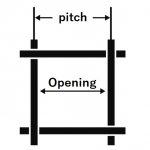
Opening is the size of the hole. Pitch is the distance from one wire to the next wire.
Opening Rate
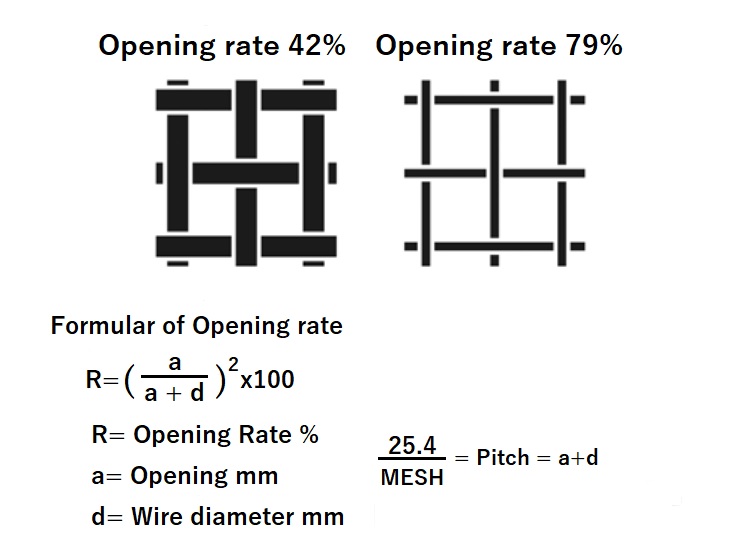
Above is the formula for calculating the opening rate of a filter. Even if the mesh is the same, the opening and opening rate can change according to the wire diameter.
Regarding the type of mesh
Plain weave type
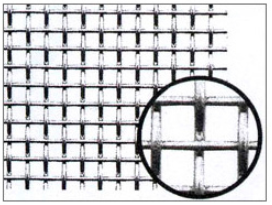
Standard weave of the woven wire mesh .The vertical and horizontal lines keep a certain interval with each one of them intersecting. This is used with a variety of products.
Twilled weave type
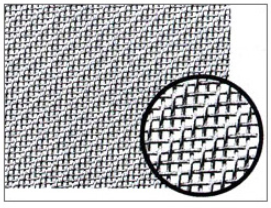
Twilled weave is used in the instance when it’s relatively difficult to weave with a plain weave, such as high mesh or a weaving wire mesh with a large net size wire diameter. Vertical lines and horizontal lines keep a constant distance, and two or more lines mutually cross over each other.
Plain dutch weave type
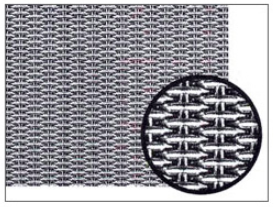
It is weaved in the same manner as linen is. Horizontal lines are aligned in a linen style. Since a fine mesh can be obtained with a thick wire diameter, it is excellent with drainage performance under low pressure and has outstanding durability under high pressure.
Twilled dutch weave type
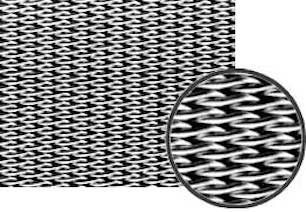
Weaved in a linen-like shape using the twill weave. Horizontal lines are arranged with a twill weave. It can be produced more densely than the plain dutch weave, thus especially used when high filtration accuracy is required.
Sintered mesh type
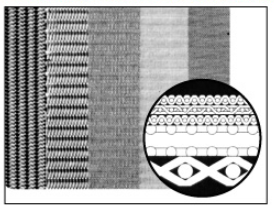
We can sinter depending on the mesh size, number of layers, thickness you require. Sintering from single layer to 6layers. * Maximum Size: 100 × 500 mm
Sintered metal fiber cloth
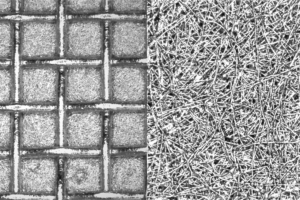
Metal fiber cloth is a material that compress and sinter small metal fibers. Composed of metal fibers diameter between 0.5 and 2.0 micrometers. They itself have a high filtration rating from 2µm and low pressure loss. We use weaved mesh for reinforcement.

